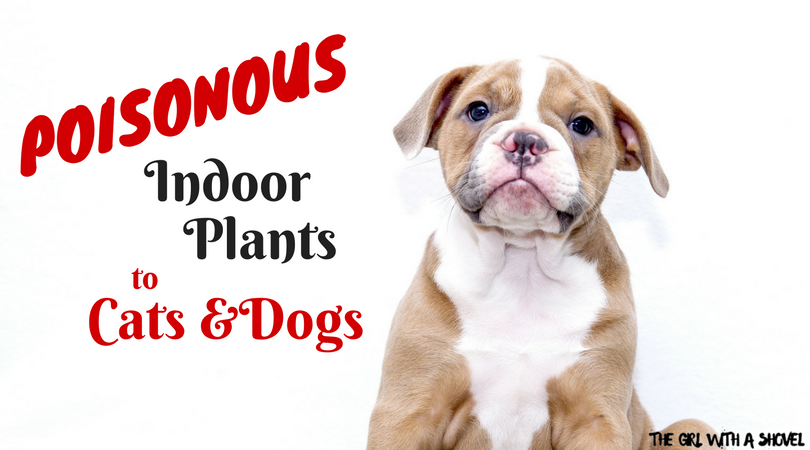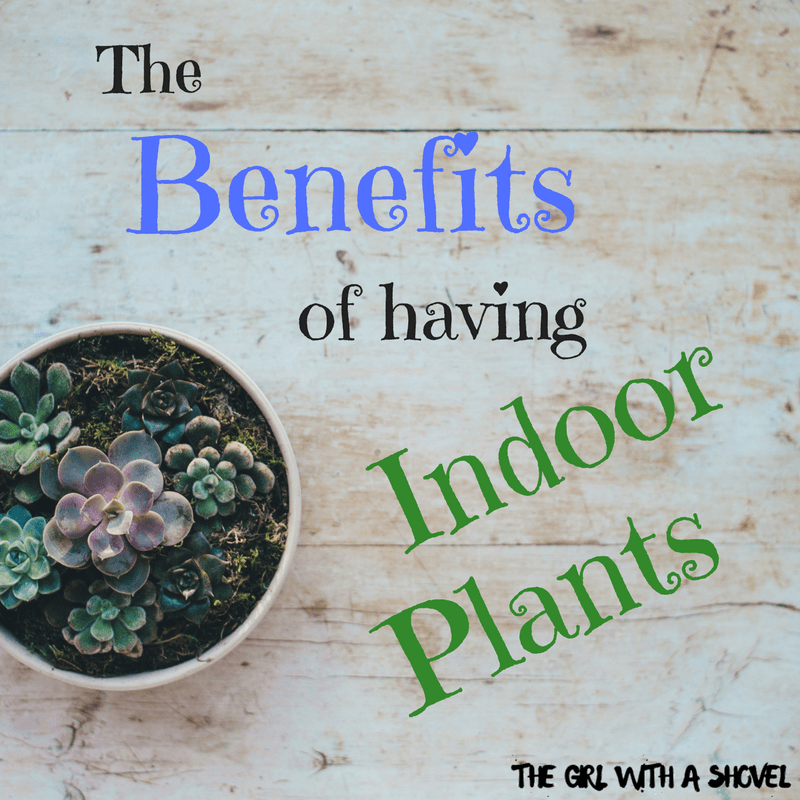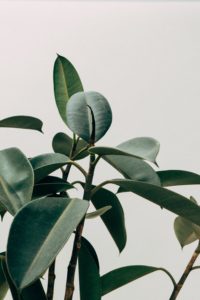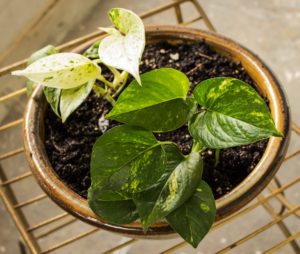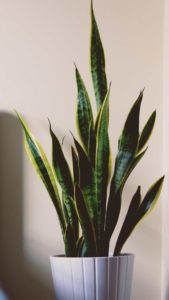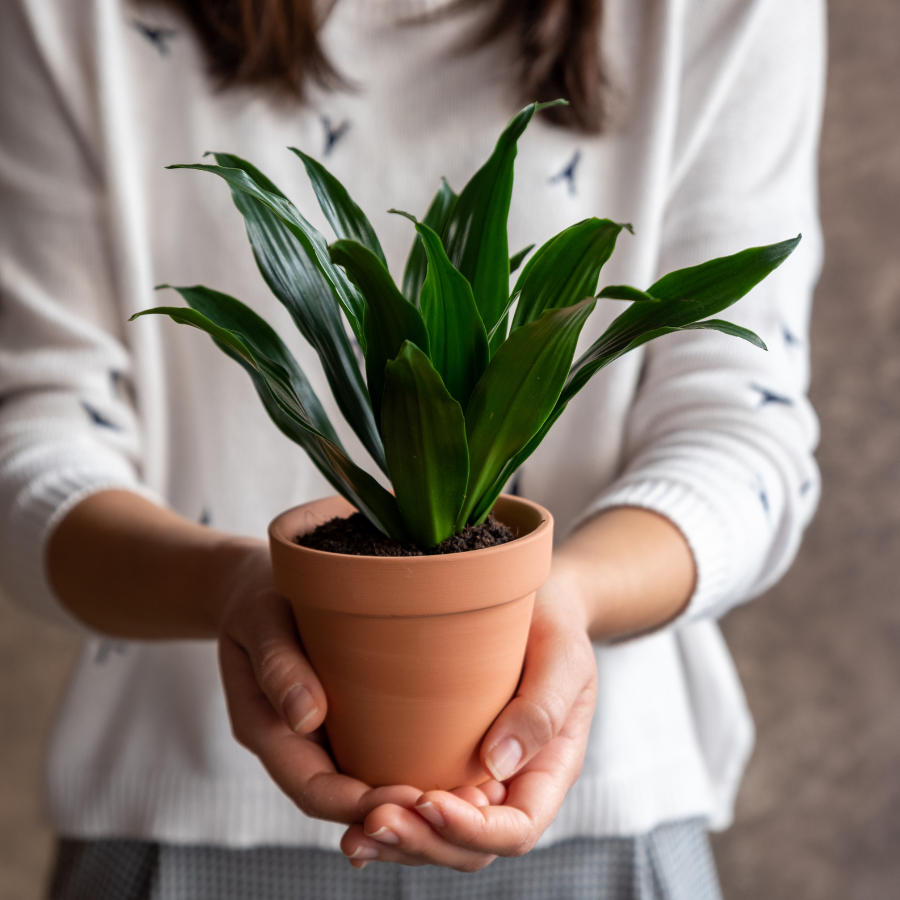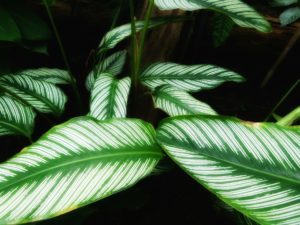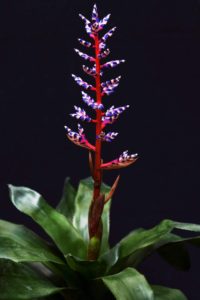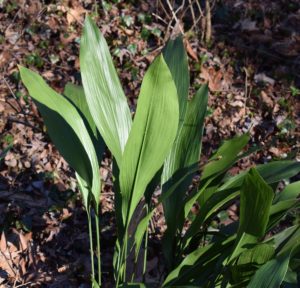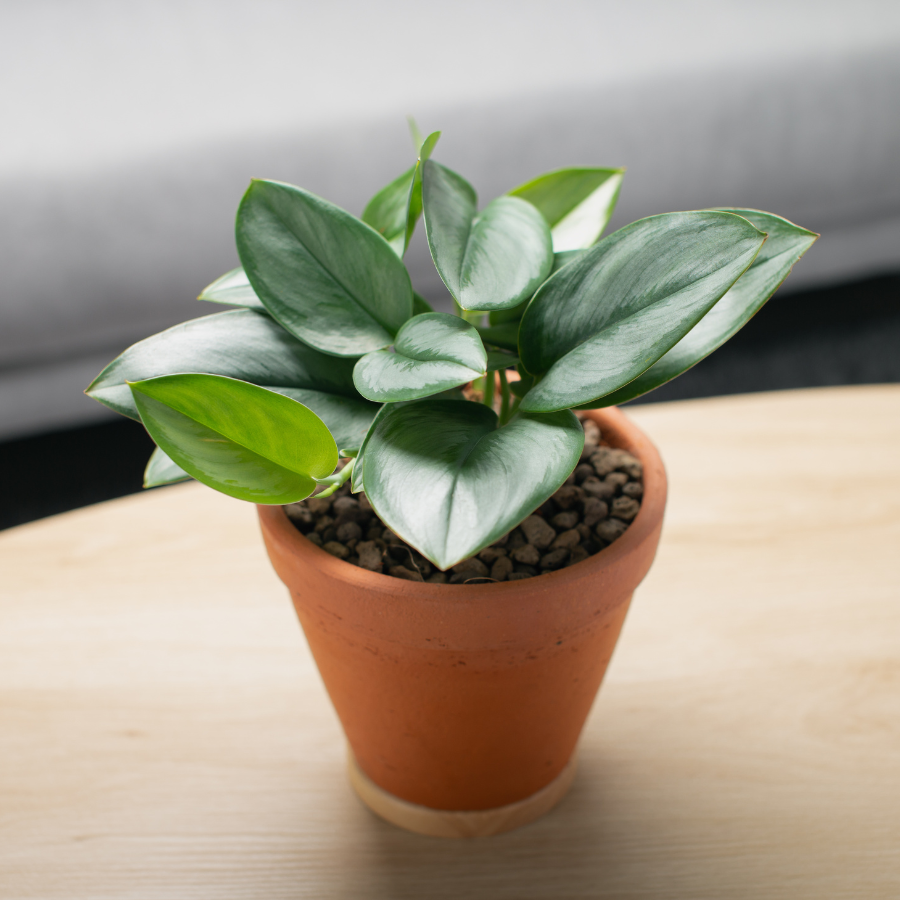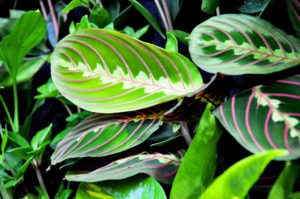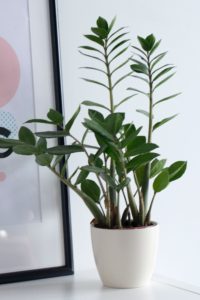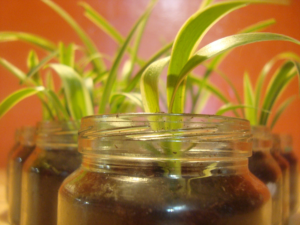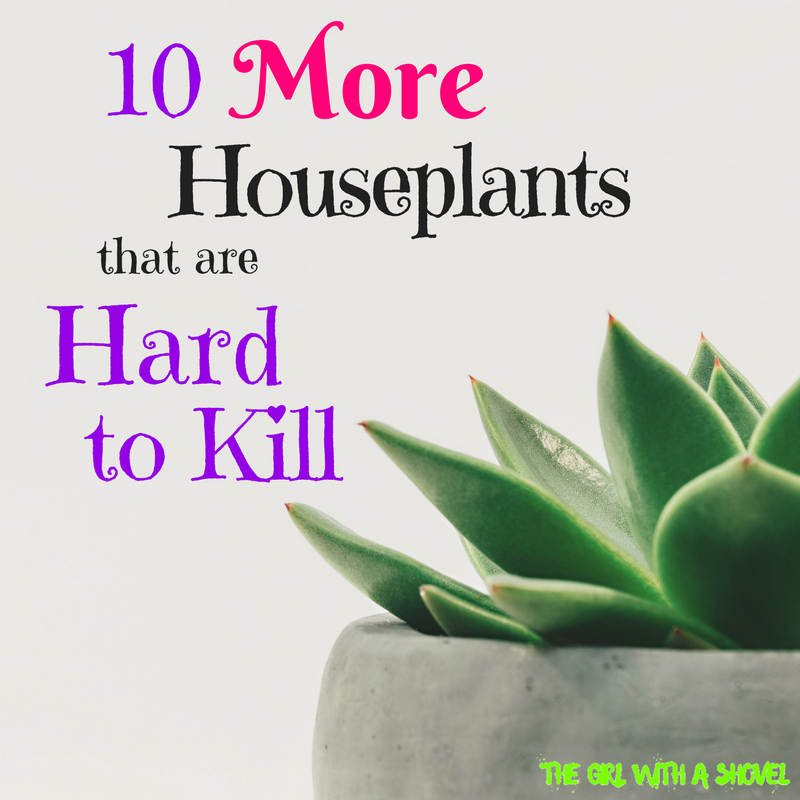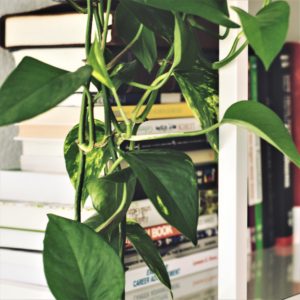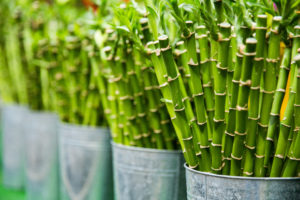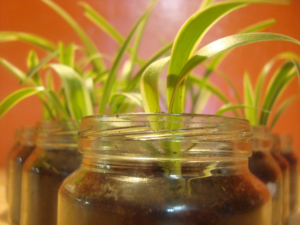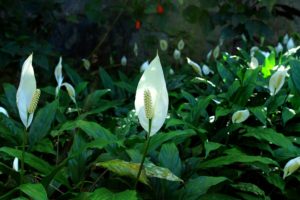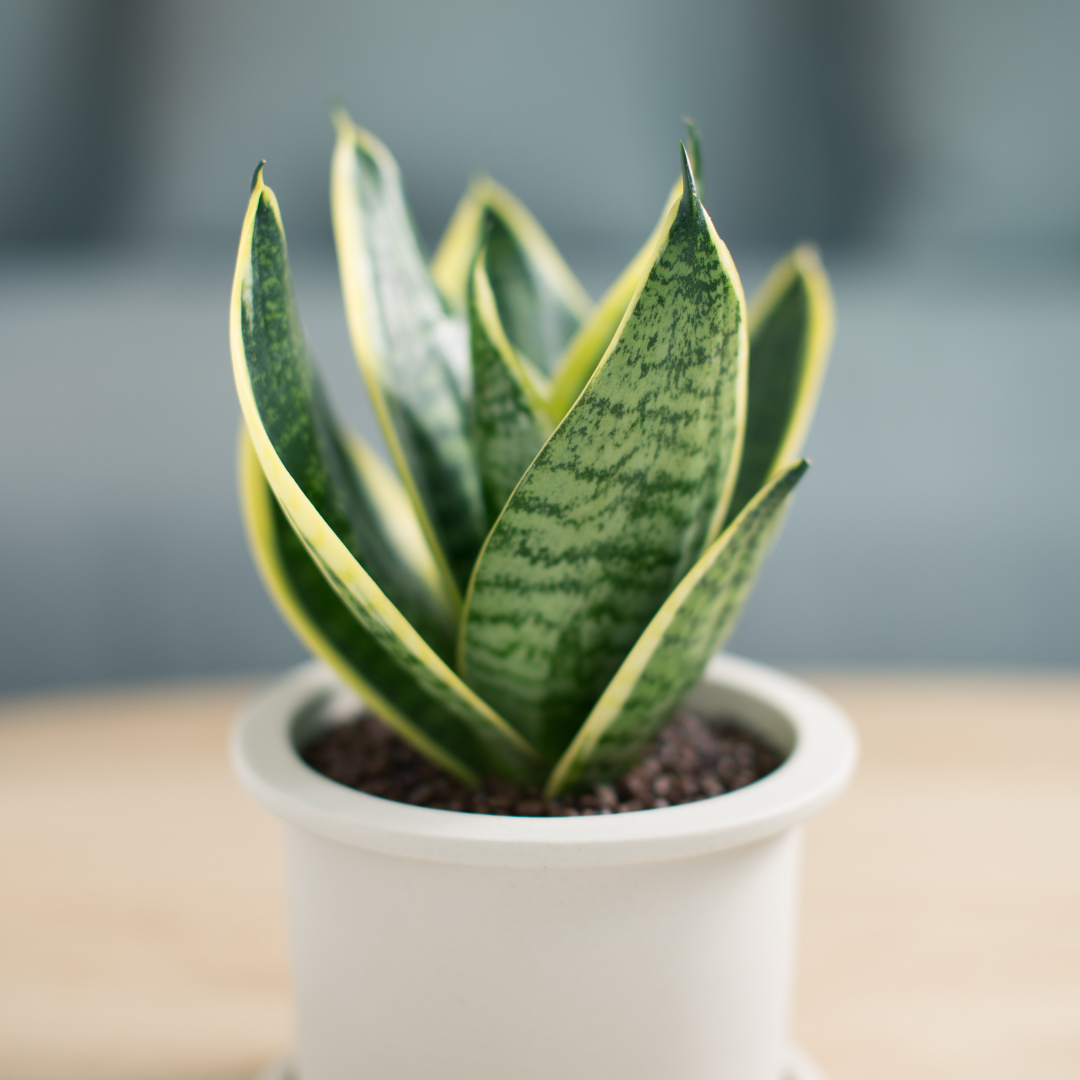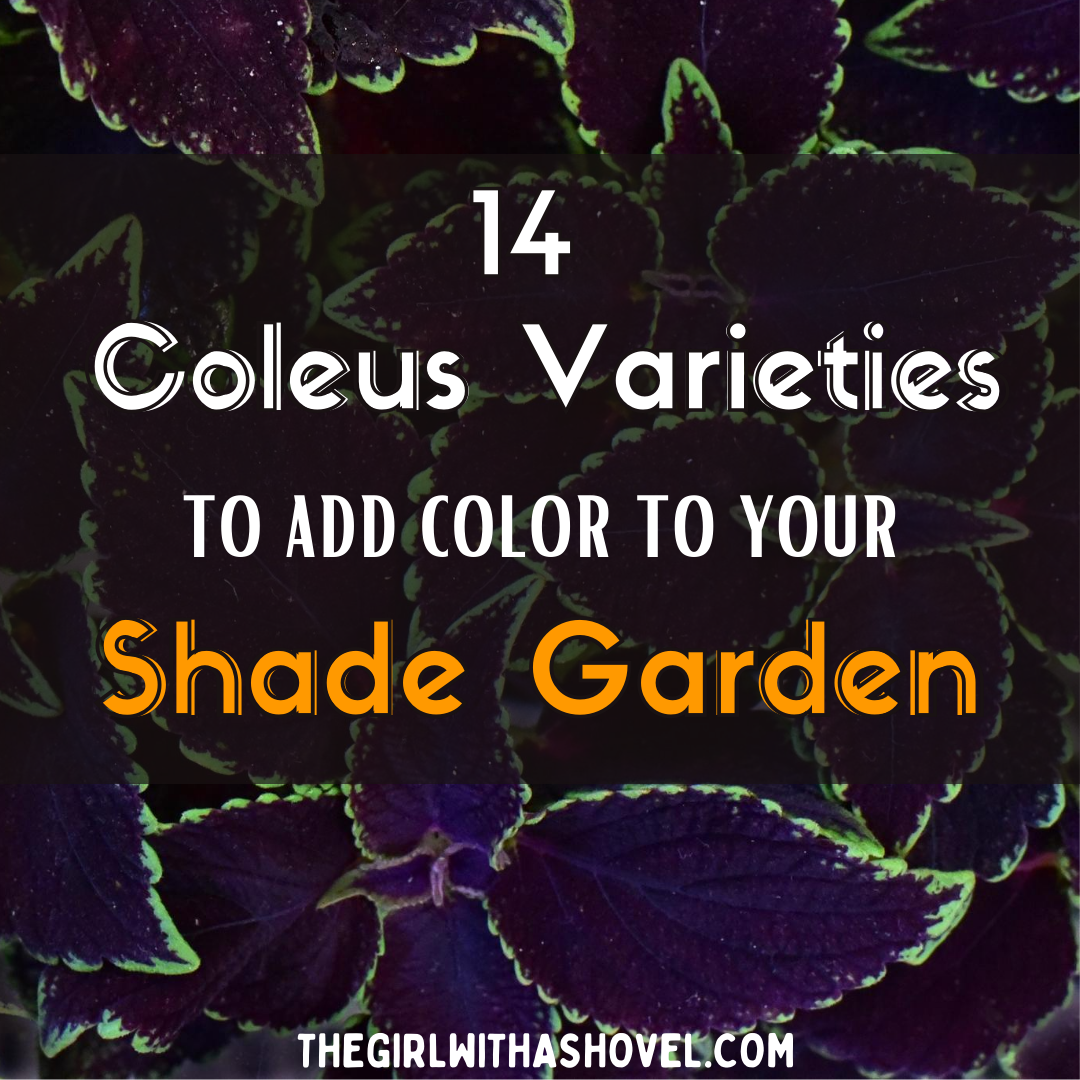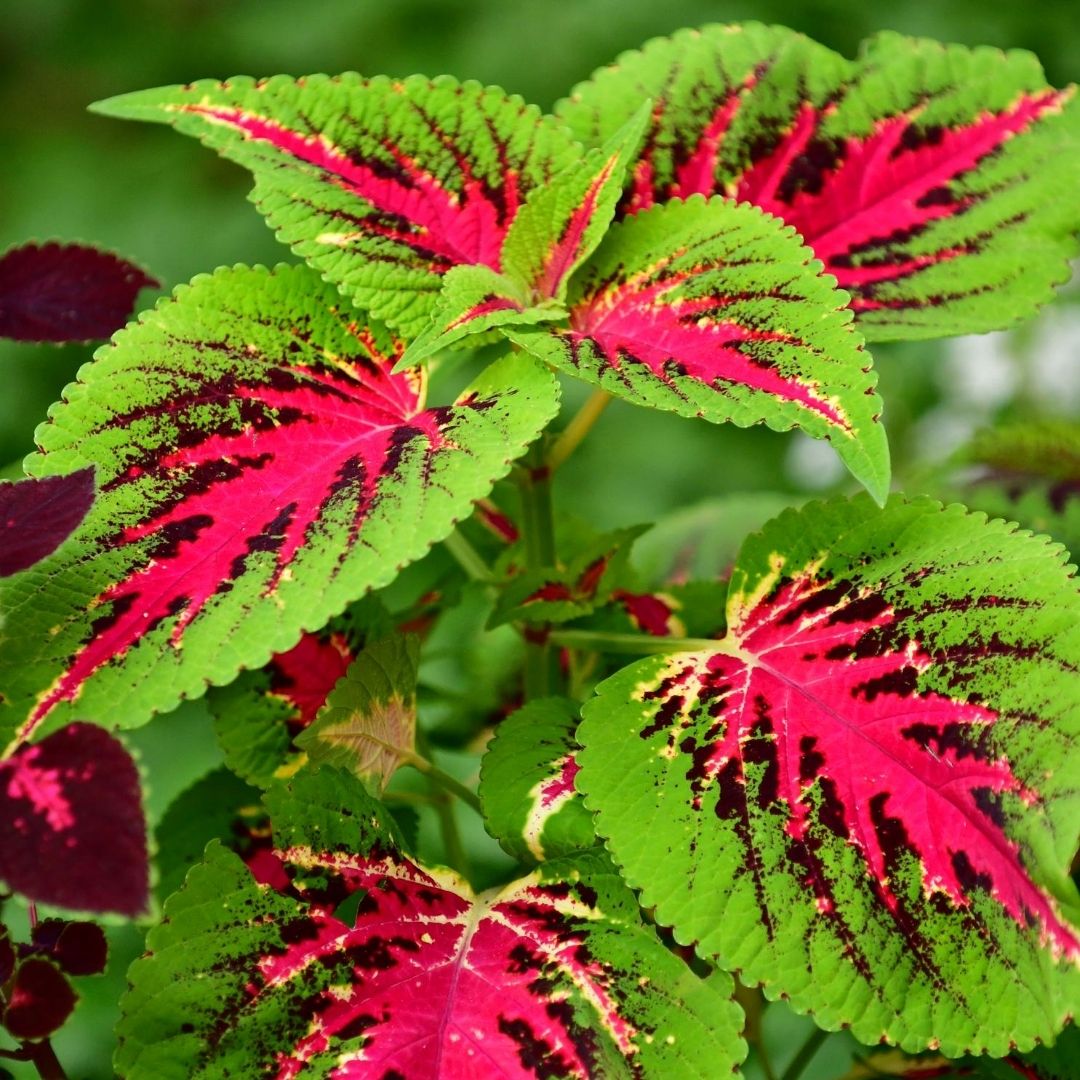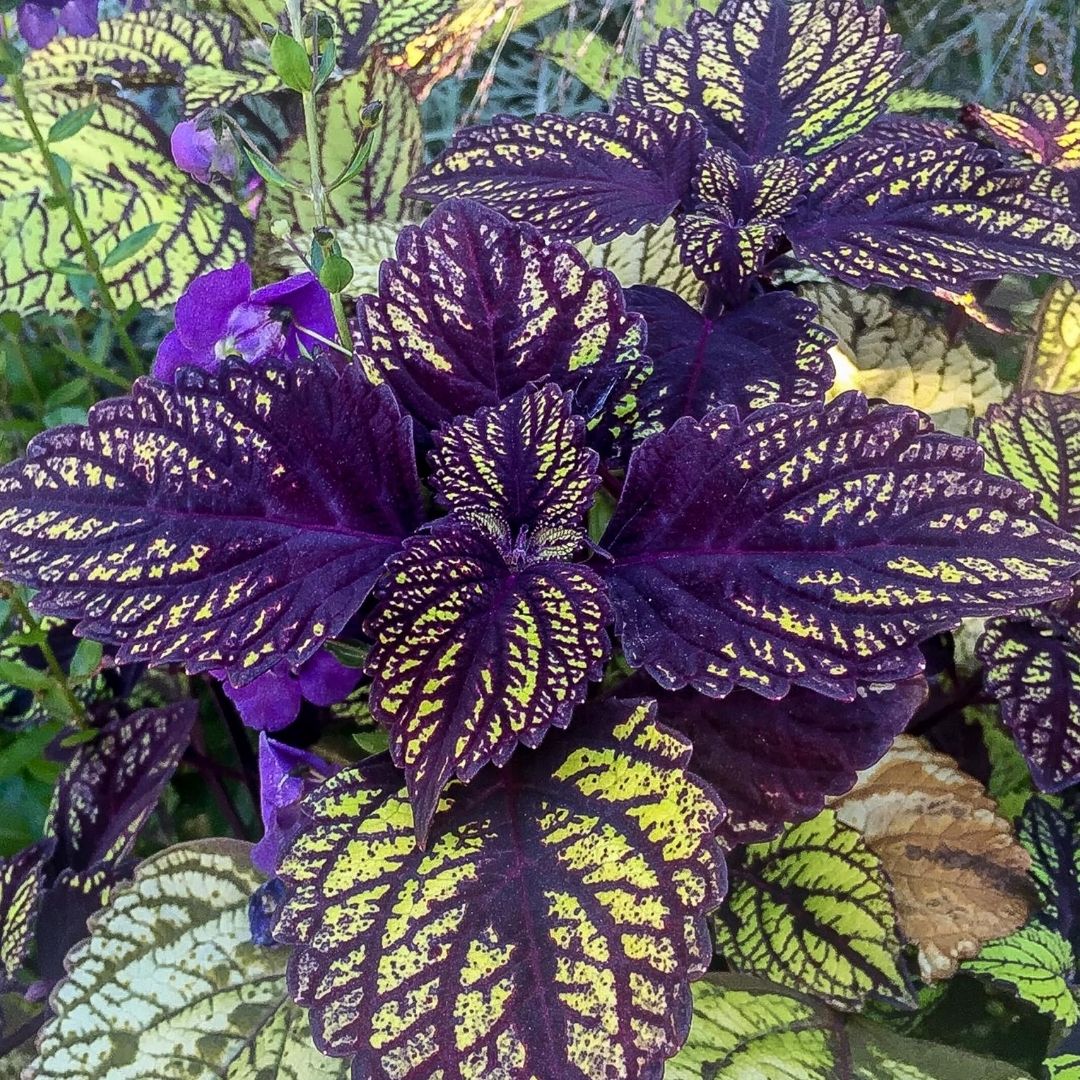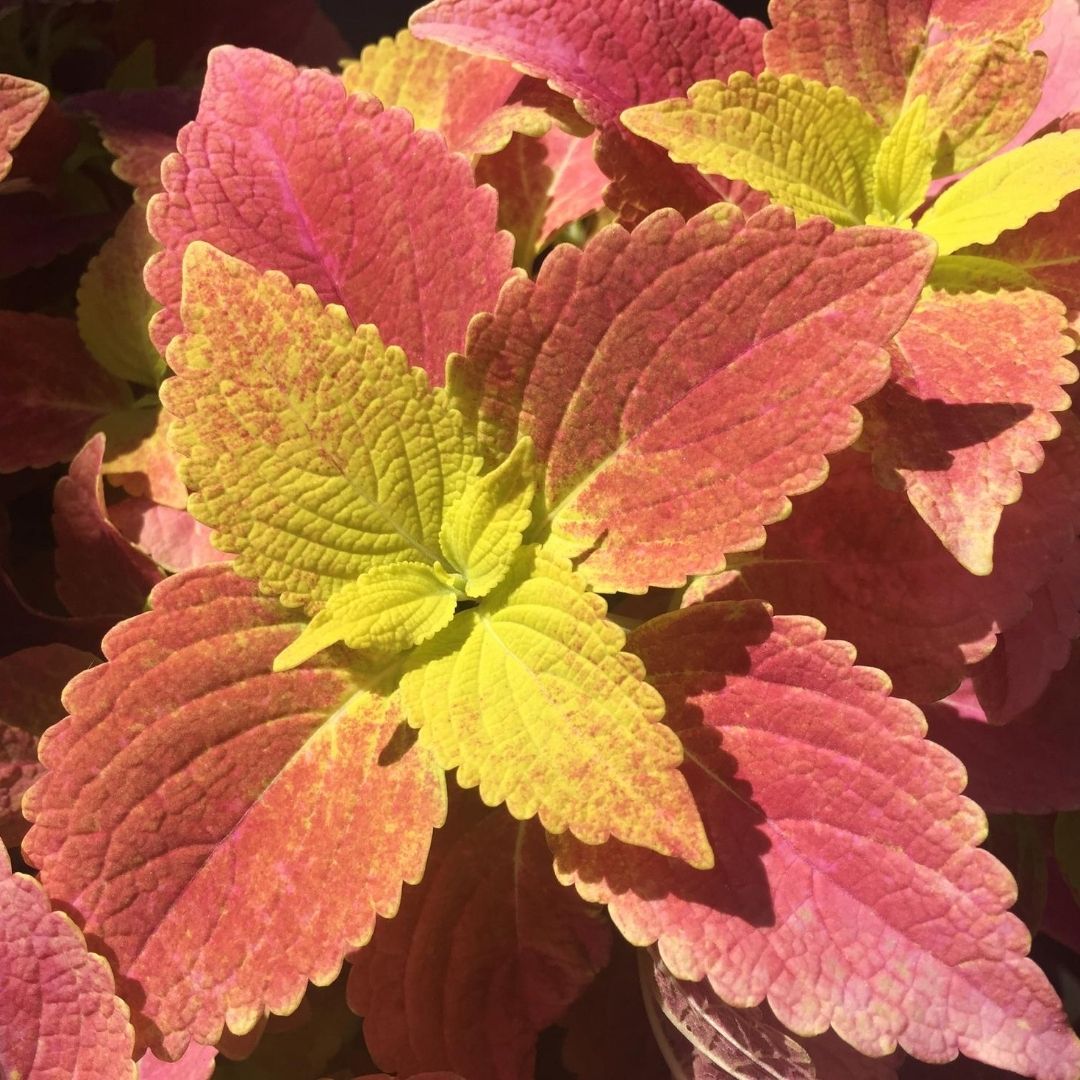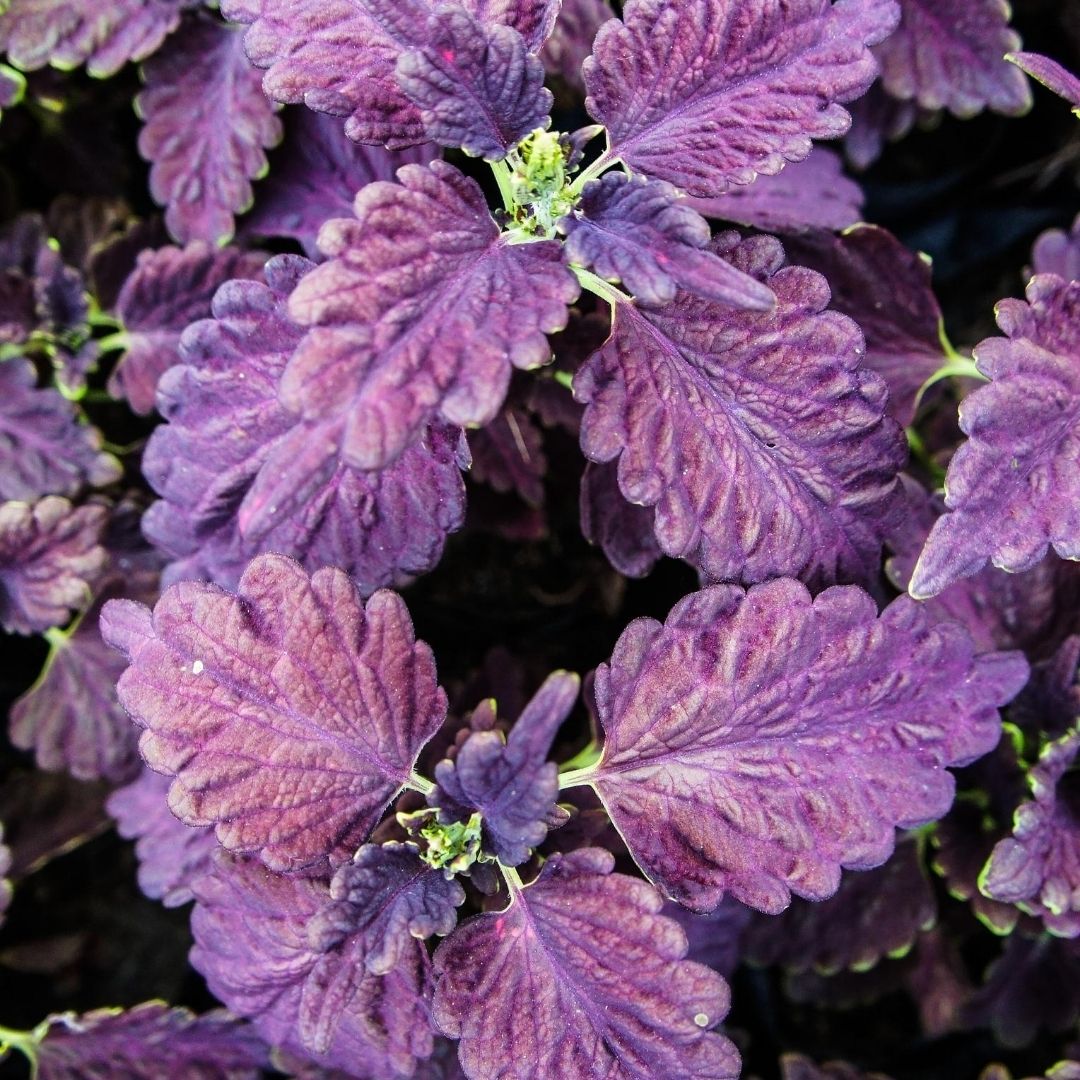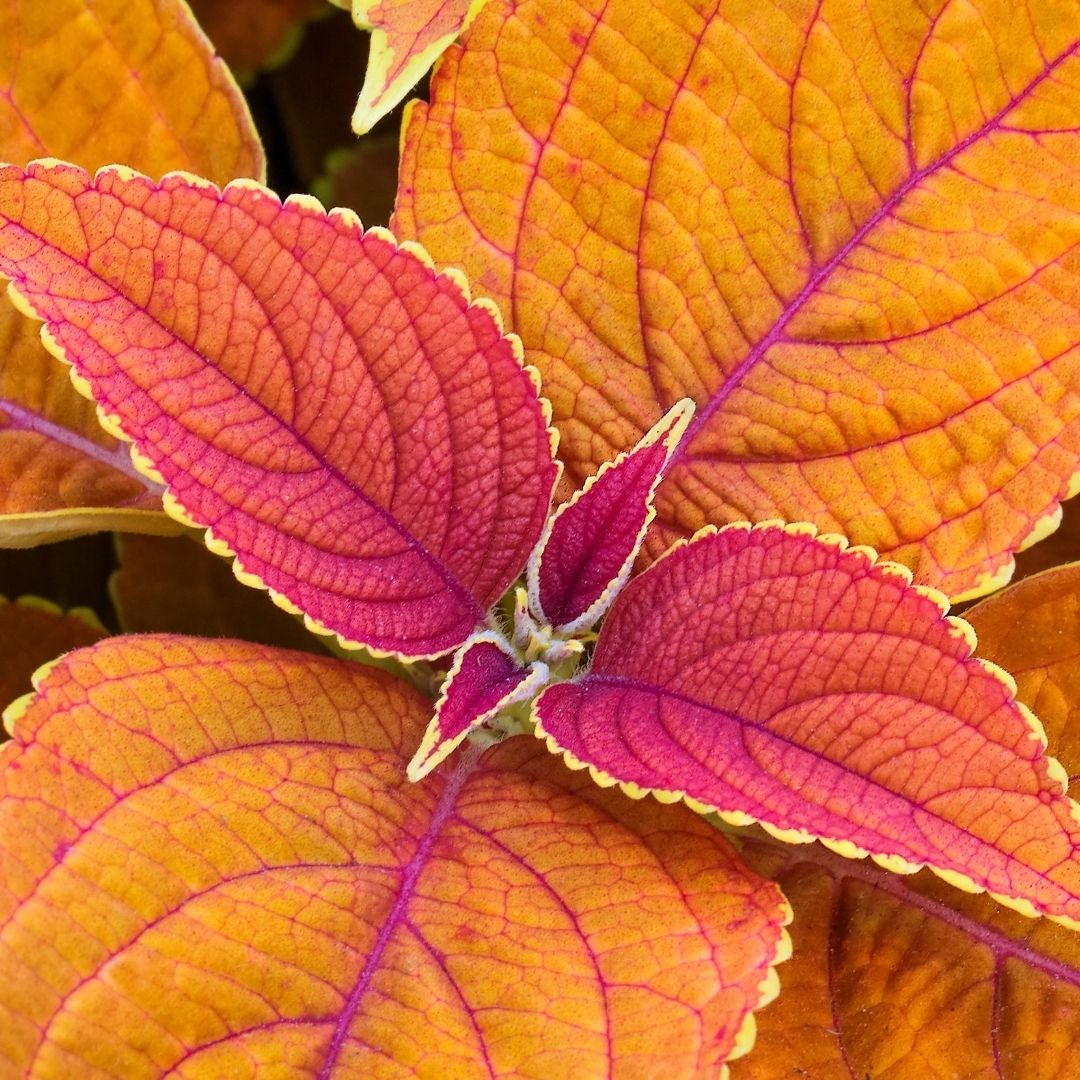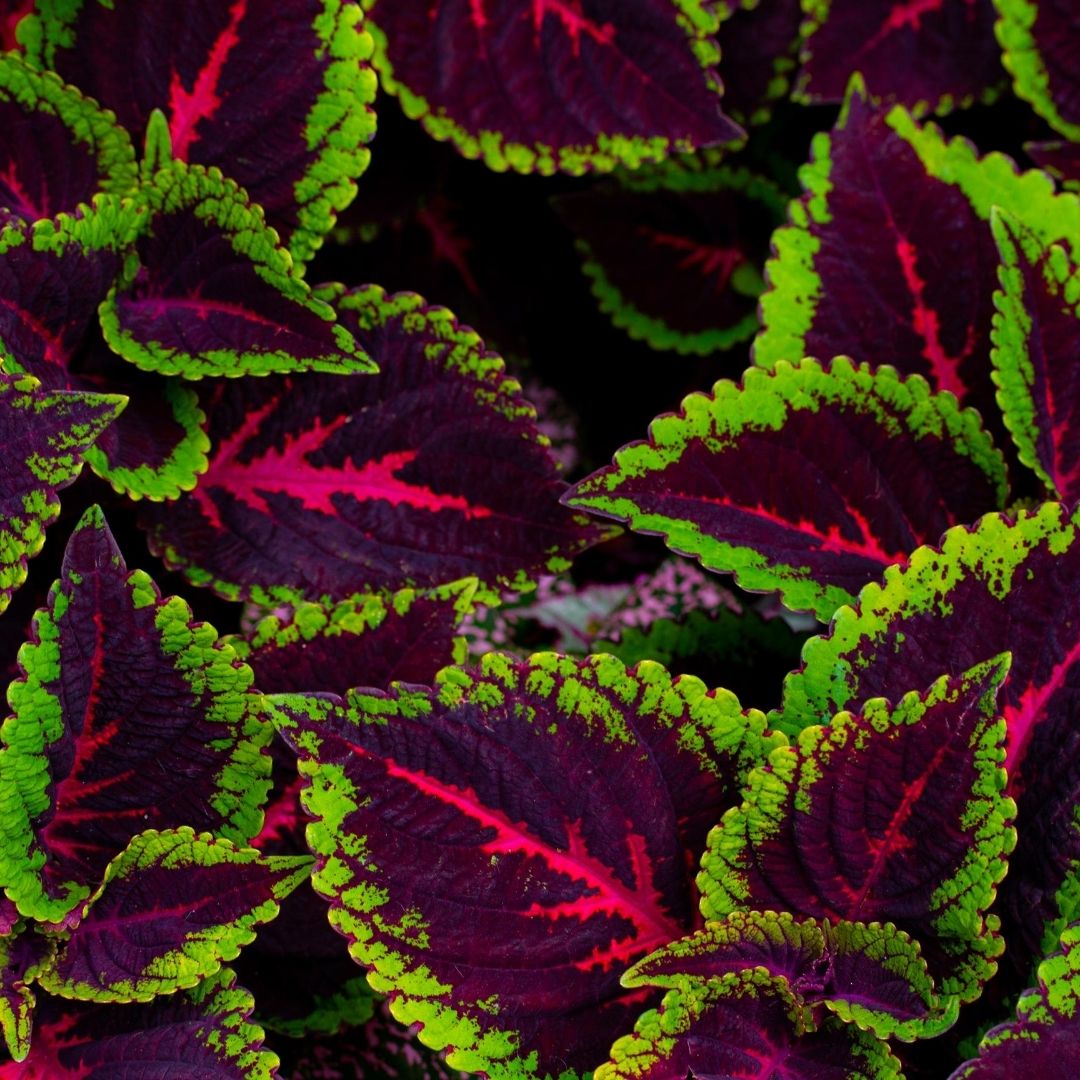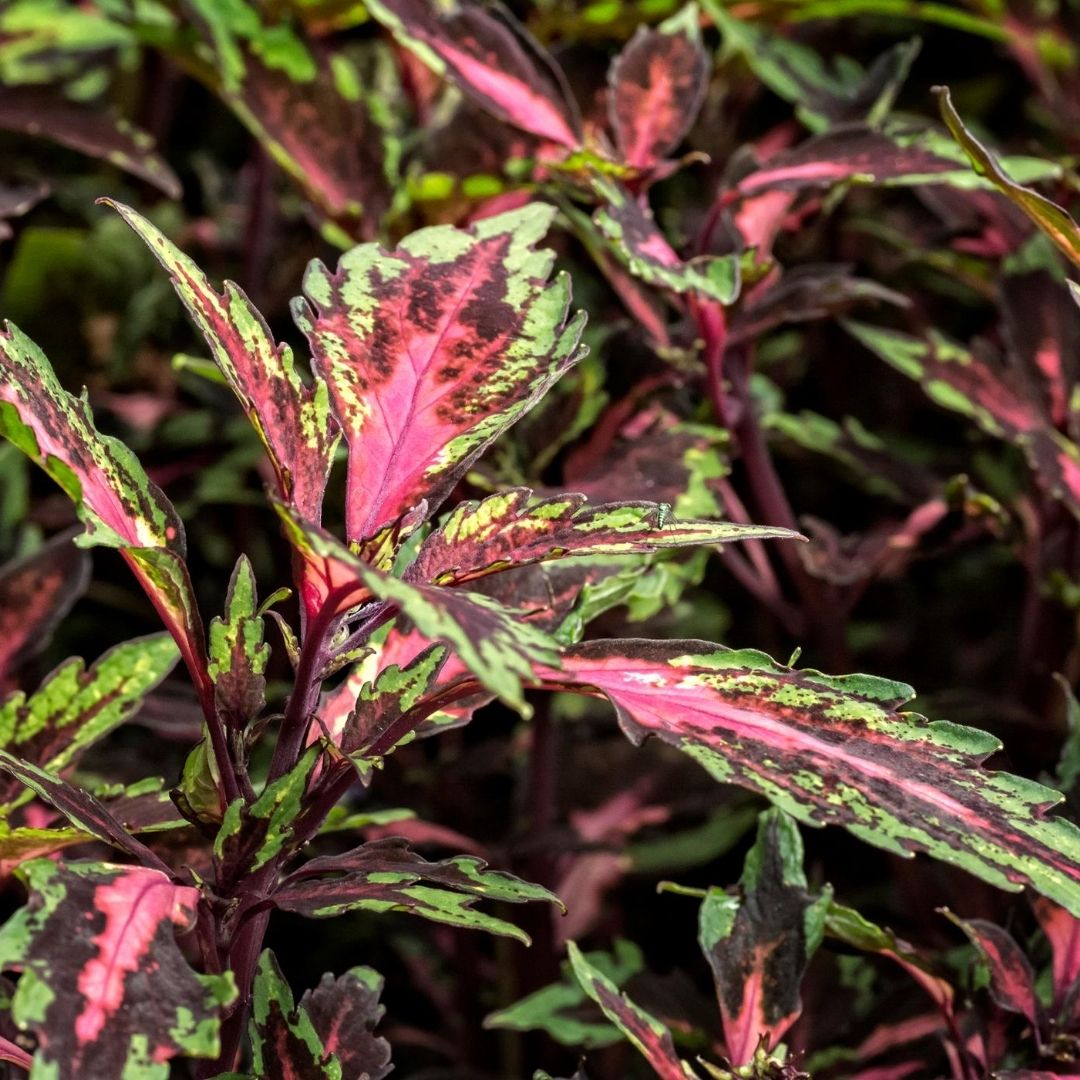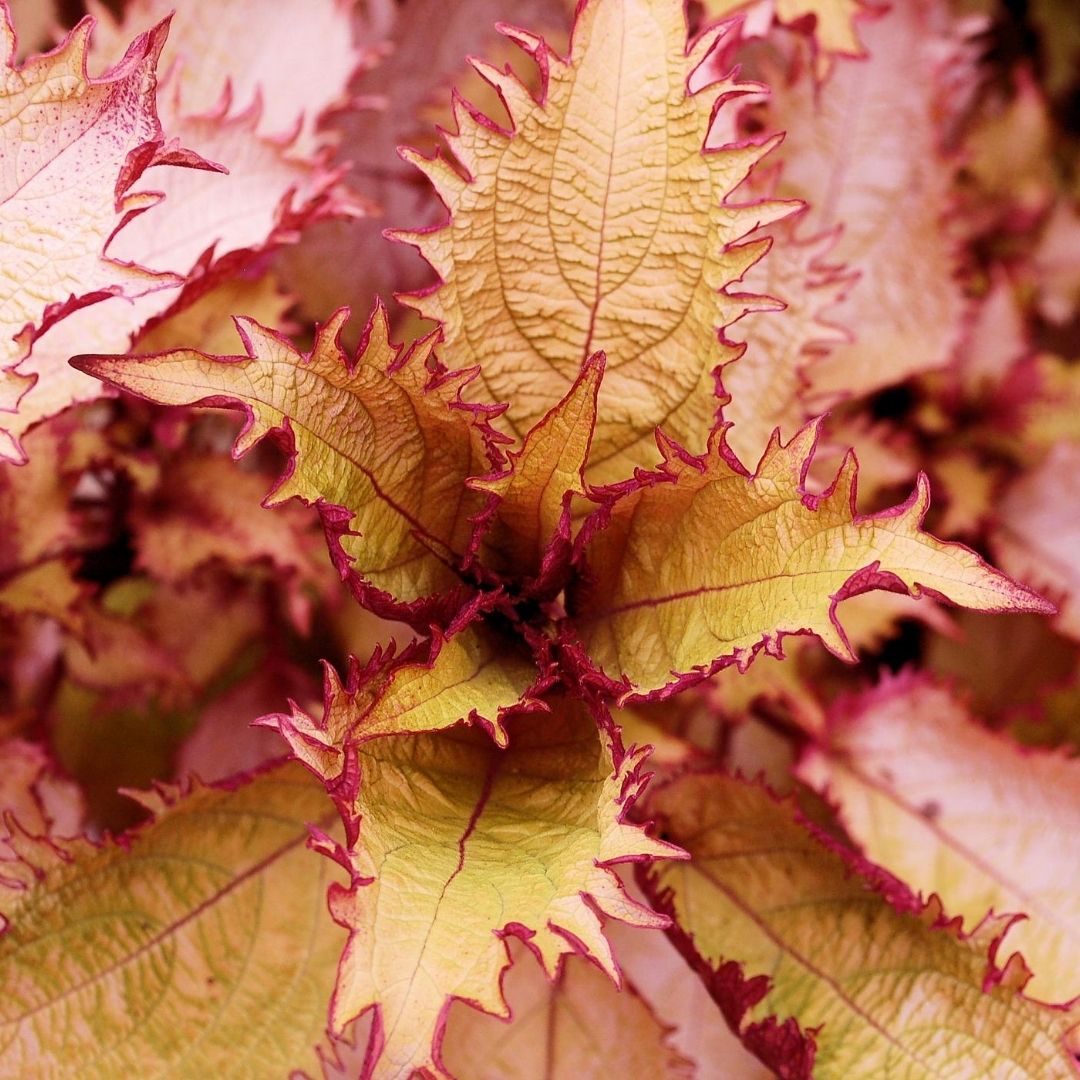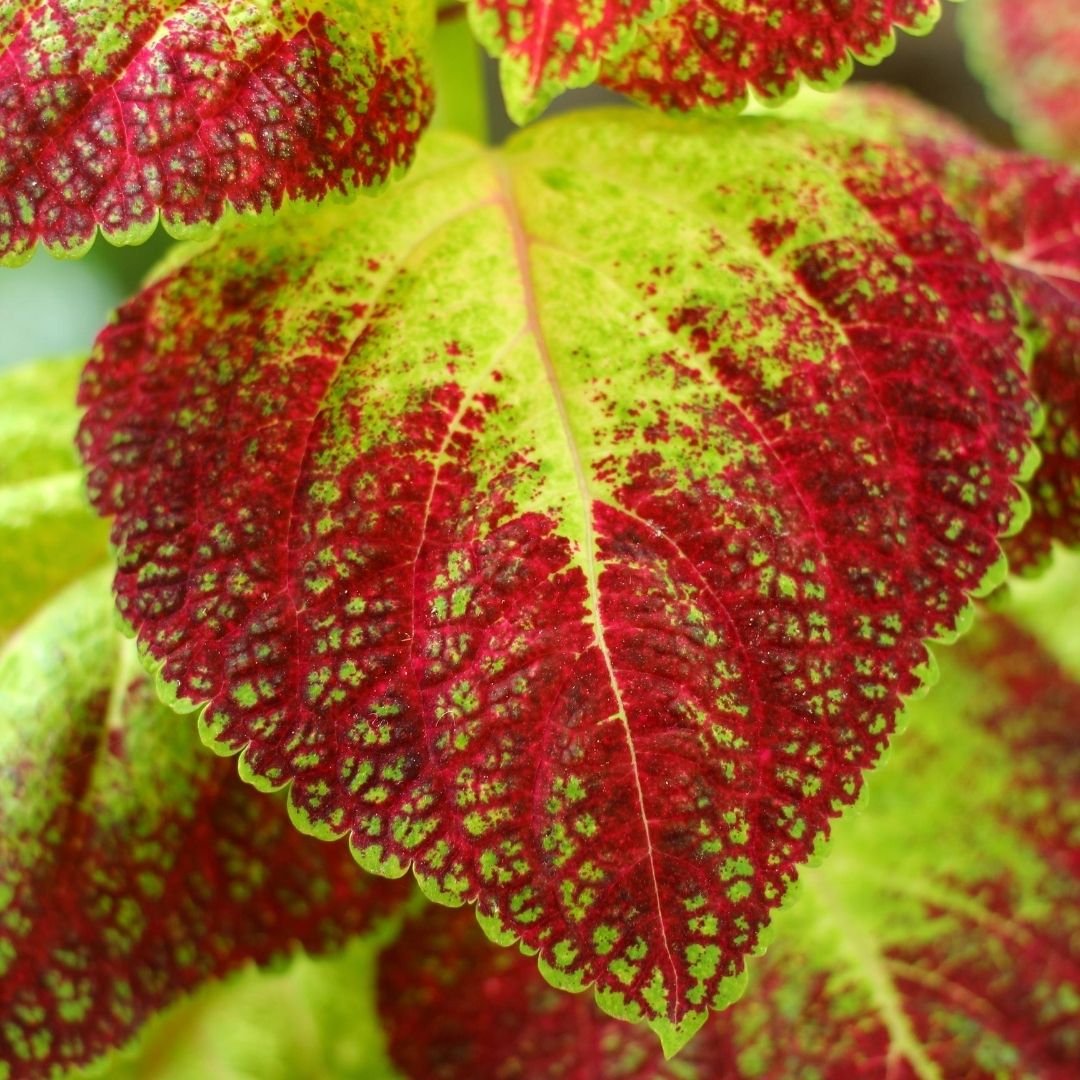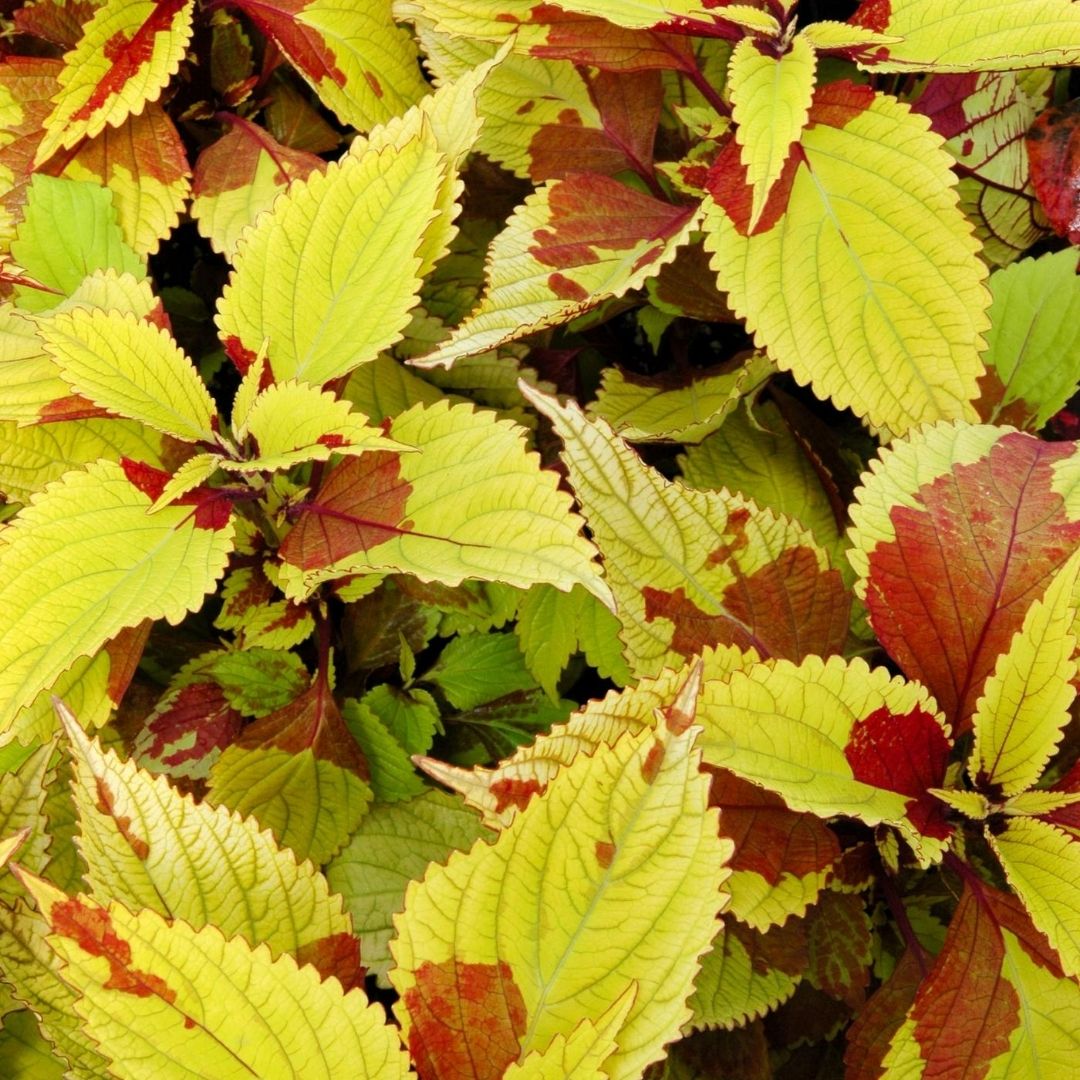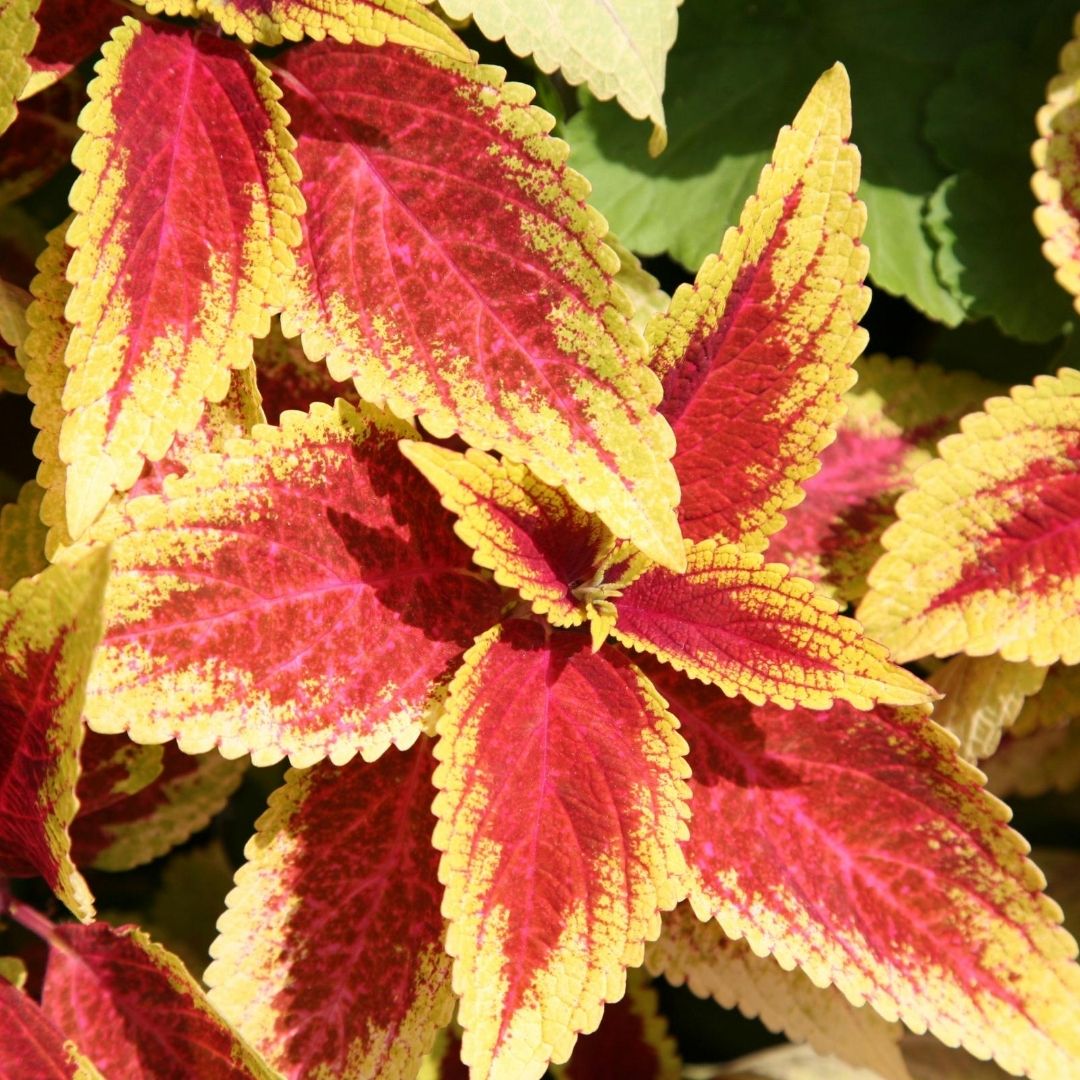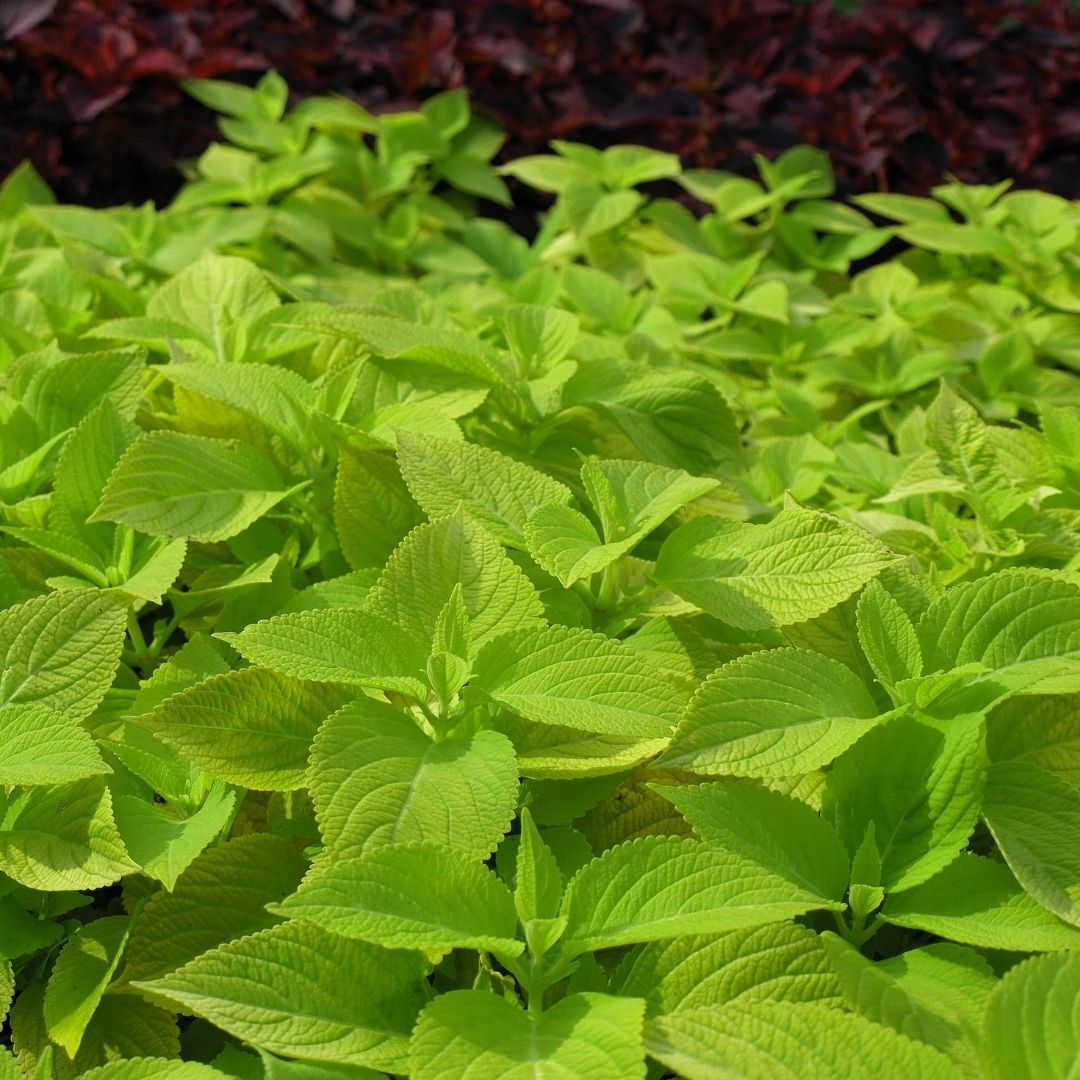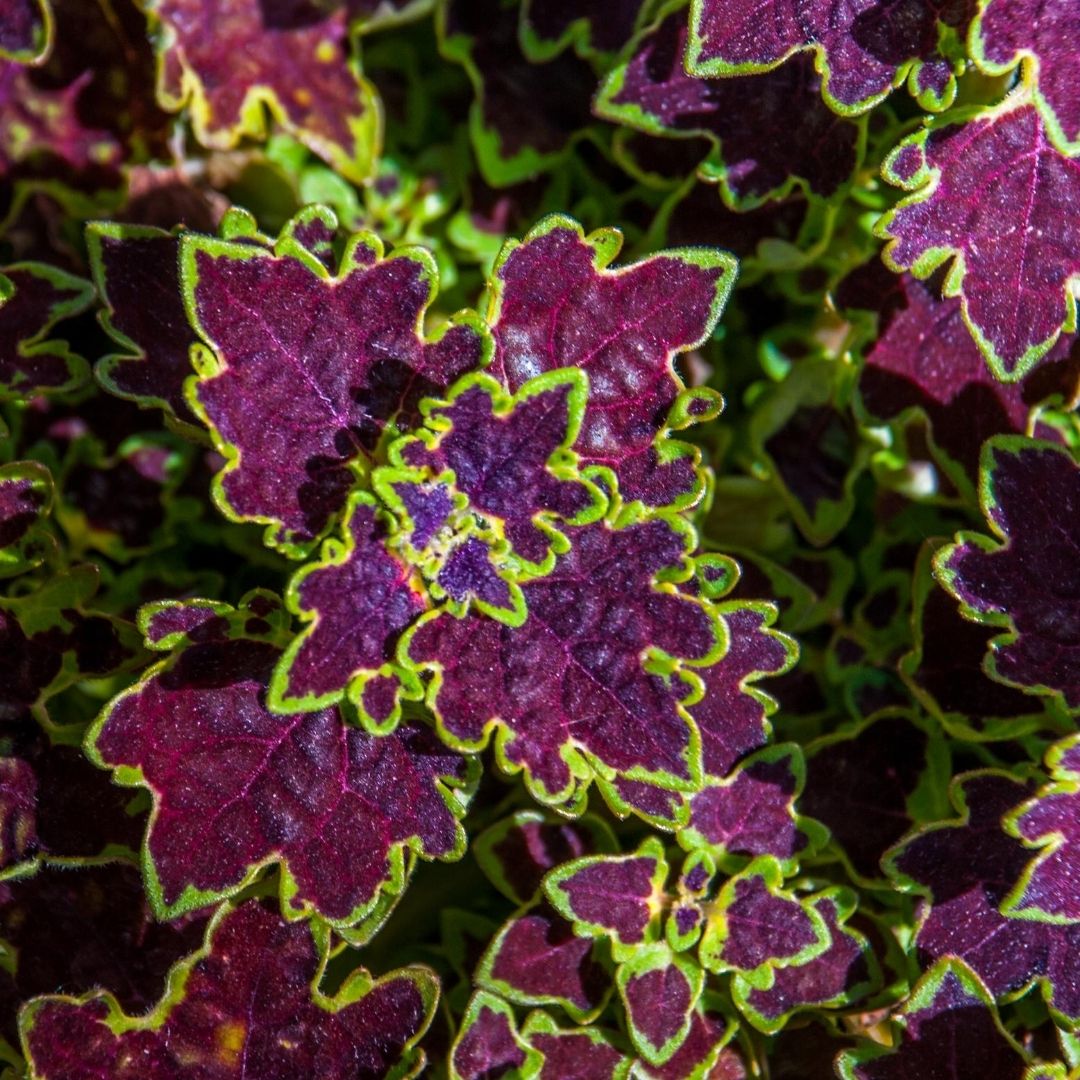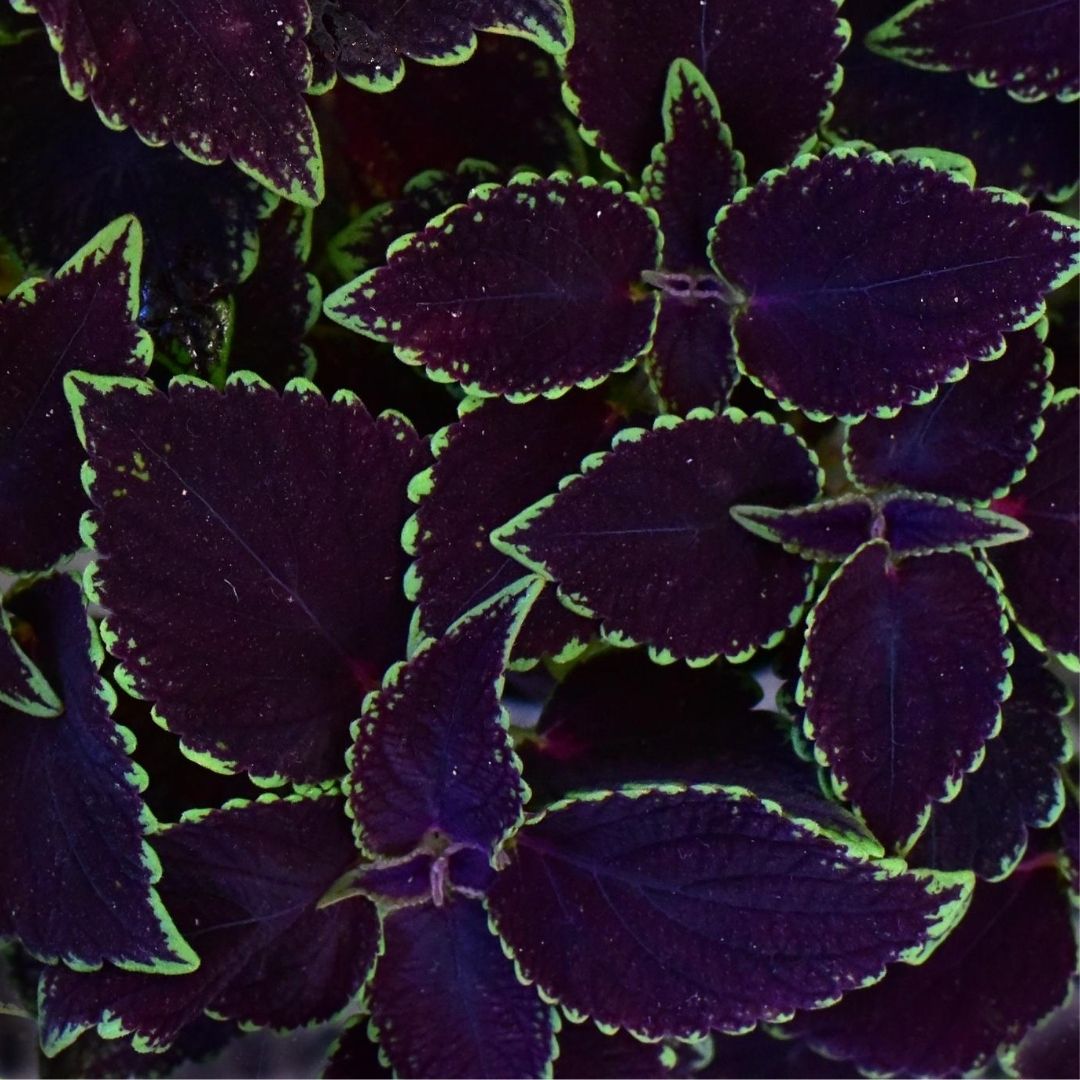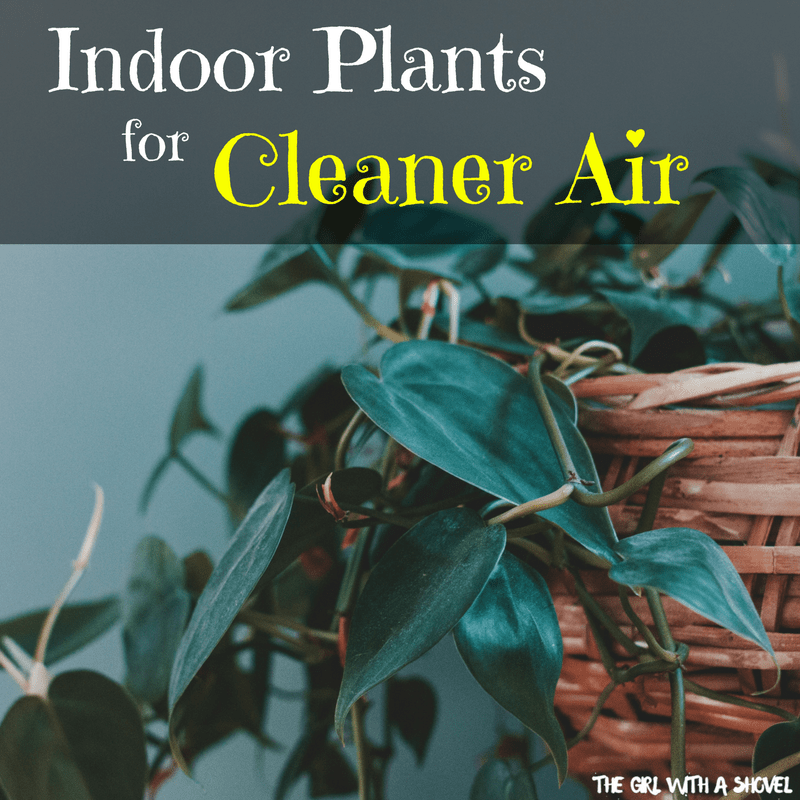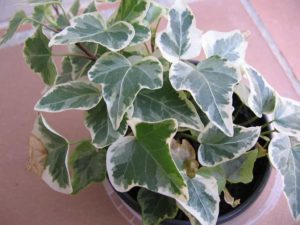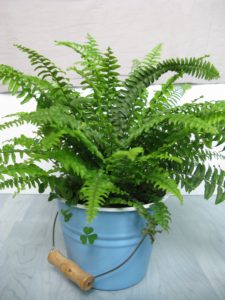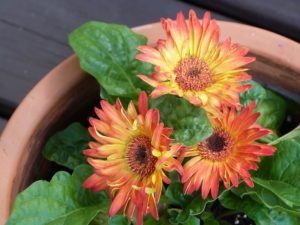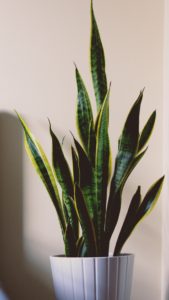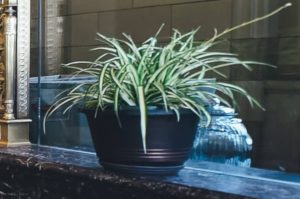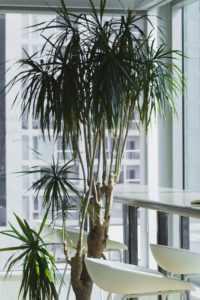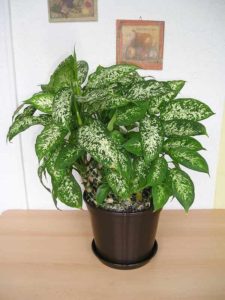Having plants indoors can be a lot of fun, but not if you’re constantly worrying about your pet’s safety! But you can’t poisonous houseplants for pets if you don’t know which ones are safe. So here is a list of some of the most common houseplants that are toxic to dogs and cats!
*Note: If sending a pet owner some flowers, here is a link to my post Common Flowers that are Toxic to Pets!*
**Note: This post contains affiliate links, which if purchased, I will receive a portion of the profits at no extra cost to you. This helps me to keep providing you with this awesome information!**
#1: Peace Lily – Spathiphyllum
This low maintenance, low light plant is great for anyone wanting an easy houseplant to care for. Except for those with plant-eating pets!
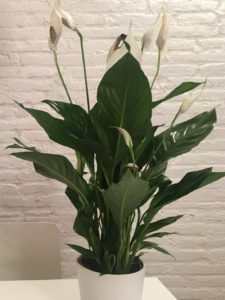
#2: Ficus – Ficus spp.
Ficus plants in general are toxic. These include the Rubber Plant, the Weeping Fig, and the Fiddle-leaf Fig, just to name the most common. When branches or leaves are crushed, they exude a milky substance that is toxic to pets, as well as can cause some irritation to human skin upon contact as well. Not everyone has this skin irritation, but it seems to be more prevalent in those who are sensitive to latex products.
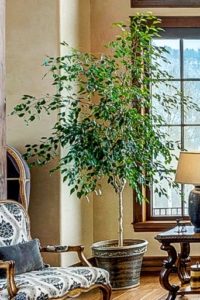
#3: Snake Plant – Sansevieria trifasciata
Another one of the easiest plants to grow, it is also toxic to pets. So although it is great for the indoors, make sure that you carefully decide whether or not to include it in your home.
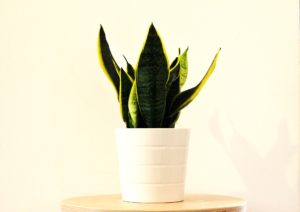
#4: Dracaena – Dracaena spp.
Dracaena plants all seem to be toxic to dogs and cats. This includes the Madagascar Dragon Tree, the Cornstalk Dracaena, and many others. If looking for a good substitute, try out a palm, as all palms are safe for pets.
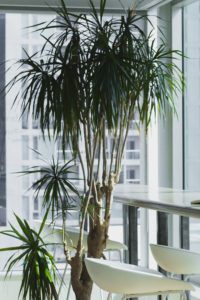
#5: Devil’s Ivy (Pothos) – Epipremnum aureum
One of my personal favorite plants, I know I would want to keep it a safe distance from my dog. A good thing about this vine though, is that it would do well in a hanging basket, out of reach of most animals.
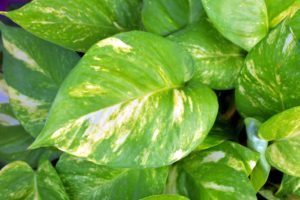
#6: Dumb Cane – Dieffenbachia
The Dumb Cane gets its name from the numbing effect that this plant has. If any part of this plant is chewed on, it would numb the mouth, and if any part was swallowed, it would cause swelling of the throat as well. This is probably one of the more dangerous of the houseplants that would not want to be kept around pets that tend to eat the plants…
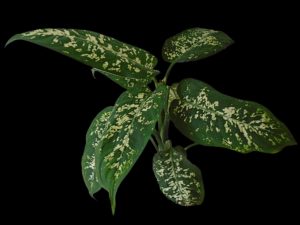
#7: Philodendron – Philodendron spp. & Monstera spp.
Also a highly toxic plant, the philodendron species are all toxic. This includes the vining heartleaf philodendron, as well as the split leaf philodendron, also known as the swiss cheese plant. Basically, if you are worried about plant toxicity, do not get any plant from the philodendron family.
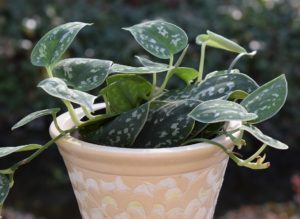
#8: Chinese Evergreen – Aglaonema
Though a very beautiful plant, it would be very difficult to keep this one away from dogs and cats. So stay safe and replace it with a Cast Iron plant for the leaf texture, or bromeliads for the color.
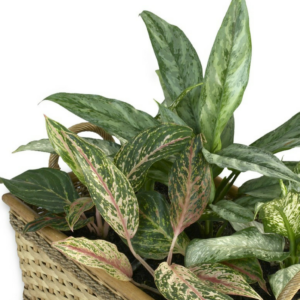
#9: English Ivy – Hedera helix
This one surprised me as English Ivy is so common that I didn’t think that it would be toxic! But it is! So be careful inside, as well as outside, as this is a very common vine. The Swedish ivy, however, is a non-toxic replacement you can use instead.
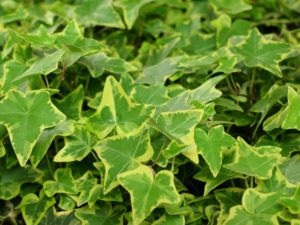
#10: Umbrella Tree – Schefflera actinophylla
The Umbrella Tree can be toxic if ingested in very large amounts. However, most cases seen with dogs and cats is instead mild vomiting and diarrhea. Personally, though, I would still not want a plant around that caused my pet to make a big mess that I’d have to clean up!
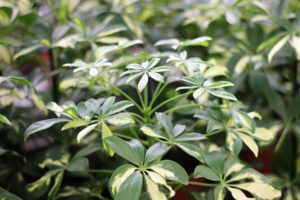
#11: Jade Plant – Crassula ovata
This plant is also not super toxic, but is still one to be aware of, since it is also very common as a houseplant. If eaten, usual signs are vomiting, depression, and uncoordination.
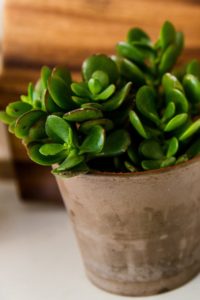
#12: Croton – Croton spp.
Croton reminds me of the poison frogs found in the rainforest. The bright colors mean they’re poisonous, and in this case, the bright markings of croton leaves are saying the same exact thing.
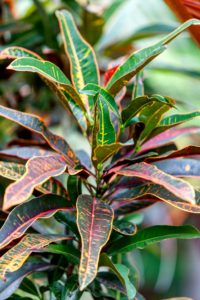
#13: Aloe Vera – Aloe vera
While there are many health benefits to aloe vera, it should not be ingested. And this includes dogs and cats, though I bet they would have just a bit harder of a time with this plant due to its sharp edges. It still wouldn’t be enough of a deterrent, however, for those more determined pets.
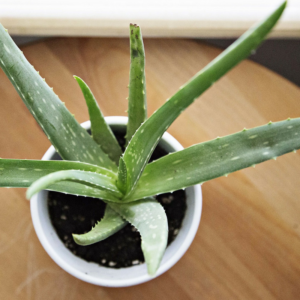
#14: Amaryllis – Amaryllis
This plant, though very pretty, is also toxic to pets. Some symptoms of ingestion are vomiting, depression, diarrhea, abdominal pain, hyper-salivation, anorexia, and tremors.
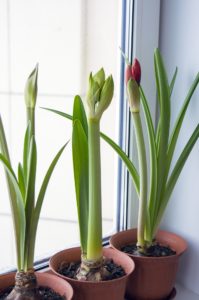
#15: Azalea – Rhododendron
Another very common houseplant, I would be very careful around this one with my pets. If ingested in large amounts, it could cause a reaction from vomiting to cardiac failure. Be careful of azaleas, as they have also become quite popular as a flowering plant to give as a gift. Just be aware if there are pets in the household, or if receiving it, make sure that it stays out of reach of any animals.
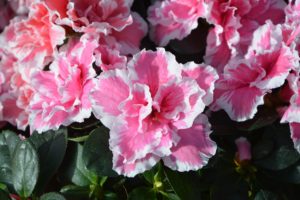
That’s the list of some of the most common houseplants that are toxic to dogs and cats. Let me know if you’ve ever run into any issues with these, or if there are more plants that you’d like to share! I know this isn’t a complete list! Check out the ASPCA website for a very detailed list of toxic and non-toxic plants.
Happy digging!

